In today’s fast-paced world, the classroom is no longer a sanctuary of focused learning. The rise of mobile devices, social media, and the attention economy has turned it into a battleground for student attention. Teachers are not just competing with textbooks and chalkboards; they’re up against a barrage of notifications, messages, and endless scrolling. In this context, it’s crucial to ask: How can we maximize the learning value per minute (LVPM) that each student receives in a classroom setting?
Introducing Learning Value Per Minute (LVPM)
LVPM is a metric designed to quantify the effective learning that occurs for each minute a student spends in the classroom. LVPM aims to measure the immediate impact of specific teaching methods, technologies, and classroom management strategies. This can be calculated over short and long periods of time to explore the efficacy of different tools and approaches.
While the concept of LVPM presents an interesting quantitative approach to measuring educational effectiveness, it’s worth noting that this metric may lack the nuance required to capture the full spectrum of learning experiences. LVPM primarily focuses on “knowledge gain” within a time frame, but education is not solely about acquiring factual knowledge quickly. Factors such as social and emotional development, teamwork, creativity, and ethical reasoning are also crucial components of a well-rounded education but may not be easily measured by LVPM. These elements often take time to cultivate and may not yield immediate, quantifiable results. Therefore, relying solely on LVPM could overlook these essential dimensions, making it important to incorporate more holistic metrics that consider a broader range of educational outcomes.
The LVPM Formula
The formula to calculate LVPM is simple:

- Knowledge Gain: This can be measured through quizzes or interactive activities that assess the understanding of the material just covered. LVPM is not a perfect system, but rather a quick and easy tool to understand the general value of certain learning modalities.
- Time Spent: This is the total time spent during active learning sessions, measured in minutes.
Proven Techniques to Increase LVPM
When it comes to optimizing LVPM, a balanced approach that combines both traditional and modern methods may be highly effective. While emerging technologies offer exciting possibilities, time-tested teaching techniques continue to play a crucial role in enhancing the quality of education. Here are some proven methods that can significantly contribute to boosting LVPM:
Case-Based Learning
Discussing real-life scenarios or case studies can significantly improve critical thinking and decision-making skills. By integrating case-based learning into the curriculum, educators can make each minute in the classroom more valuable, contributing to practical knowledge that will be useful in real-world situations.
Peer Teaching
The act of teaching a concept to a peer can reinforce one’s own understanding of the subject matter. This reciprocal learning technique can be particularly effective in complex subjects where a deep understanding is crucial. Employing peer teaching techniques can maximize the knowledge gained in each minute, making the educational process more efficient.
Flipped Classroom
The flipped classroom approach turns the traditional educational model on its head. Instead of spending classroom time on lectures, students review materials at home. Classroom time is then dedicated to interactive exercises, discussions, and hands-on practice. This method allows students to make better use of their time in the educational setting, focusing on activities that contribute to higher LVPM.
While these traditional techniques offer substantial benefits, the integration of modern technology like interactive 3D platforms and AI-Tutors can take LVPM to the next level. By providing real-time, personalized feedback and creating immersive, hands-on learning environments, these innovative tools can complement proven teaching methods to maximize the learning value of every educational minute.
The Role of Interactive 3D Education Platforms
Enter Axon Park, our state-of-the-art interactive 3D education platform, powered by AI-Tutors. This platform is designed to enhance LVPM by addressing its key driver: Engagement, an essential pillar leading to improved learning outcomes.
Boosting Knowledge Gain
Our AI-Tutors are programmed to adapt to each student’s learning style and pace. They can identify gaps in understanding and immediately provide targeted exercises or explanations to fill those gaps. This personalized approach ensures that the Knowledge Gain is maximized for each student, thereby increasing the LVPM.
Optimizing Time Spent
The platform’s 3D interactive environment is designed to simulate real-world scenarios where the learned skills can be applied. This not only makes the learning process more efficient but also reduces the time needed to transfer knowledge from the theoretical realm to practical application. Students can learn by doing, which is often quicker and more effective than traditional methods.
Enhancing Engagement
The 3D interactive environment is inherently more engaging than a traditional classroom setting. Students can interact with the material, participate in simulations, and receive real-time feedback from AI-Tutors. The platform can also measure engagement in real-time, using eye-tracking and other biometric data to adjust the learning experience on-the-fly. This ensures that the Engagement Factor remains high, further boosting LVPM.
Measuring the Impact of LVPM Strategies
To validate the effectiveness of various strategies aimed at boosting LVPM, it’s crucial to have a robust framework for measuring impact. Here are some methods and considerations for quantitatively and qualitatively assessing the impact of both traditional teaching techniques and modern technologies like interactive 3D platforms and AI-Tutors.
Pre-and-Post Assessments
One of the most straightforward ways to measure LVPM is through pre-and-post assessments. These can be quizzes, written assignments, or practical tasks that gauge the level of understanding before and after a specific teaching intervention. The difference in scores can provide a direct measure of Knowledge Gain, which can then be divided by Time Spent to calculate LVPM.
Longitudinal Studies
While immediate gains in knowledge are important, long-term retention is equally crucial. Longitudinal studies that track students’ performance over an extended period can offer insights into the lasting impact of different teaching methods on LVPM.
Student Surveys and Feedback
While LVPM focuses on Knowledge Gain over Time Spent, student feedback can provide valuable qualitative data. Surveys can capture students’ perceptions of how engaging or useful they found different teaching methods, which can be an indirect indicator of their learning value.
Time-Tracking Tools
To accurately measure the ‘Time Spent’ component of LVPM, time-tracking tools can be used. These can range from simple stopwatch functions to more advanced software that can track how much time is spent on different types of educational activities, both in and out of the classroom.
Comparative Analysis
A/B testing can be a powerful tool for measuring LVPM. By comparing traditional classroom settings with classrooms that employ new teaching techniques or technologies, educators can directly measure the impact on LVPM. This can also be expanded to compare different types of technologies or teaching methods against each other.
Analytics and Data Mining
Modern educational platforms often come with built-in analytics tools that can provide a wealth of data. Metrics such as engagement time, quiz scores, and participation rates can be analyzed to derive insights into LVPM. When using AI-Tutors and interactive 3D platforms, data on individualized learning paths and real-time adjustments can further refine our understanding of effective strategies.
By employing a combination of these methods, educators and institutions can gain a comprehensive understanding of how different teaching techniques and technologies impact LVPM. This data-driven approach not only validates the efficacy of various strategies but also helps in fine-tuning them for future implementation, ensuring that every minute in the educational setting is optimized for maximum learning value.
Conclusion
In an age where distractions are just a swipe away, maximizing the Learning Value Per Minute (LVPM) is not just a novel idea; it’s a necessity. Our interactive 3D education platform, powered by AI-Tutors, offers a promising solution to this modern-day challenge. By focusing on personalized, efficient, and engaging learning experiences, we can ensure that every minute in the classroom is a minute well spent.



